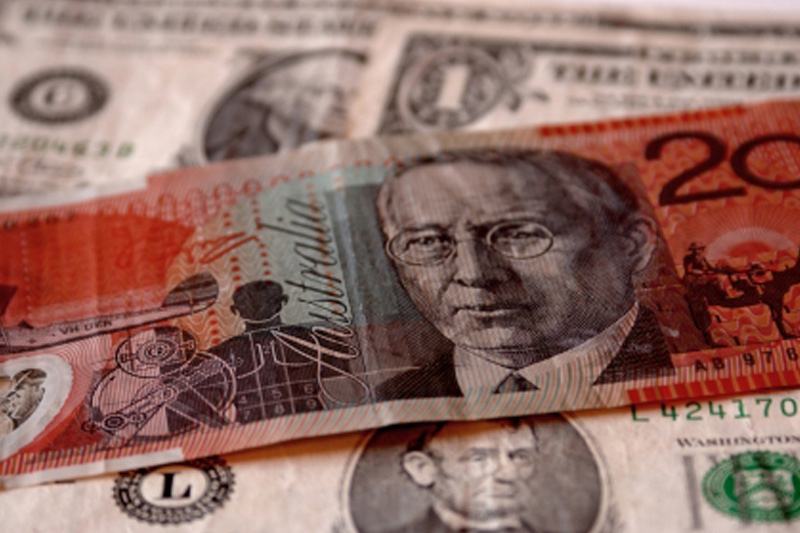Investing.com - The Australian dollar ended the week at the lowest level since 2009 against its U.S. counterpart on Friday, as upbeat U.S. economic data added to expectations for an interest rate hike as soon as September.
AUD/USD hit 0.7347 on Thursday, the pair's lowest since May 2009, before subsequently consolidating at 0.7372 by close of trade on Friday, down 0.45% for the day and 0.99% lower for the week.
Data on Friday showed that U.S. consumer prices rose 0.3% in June, the fifth consecutive monthly increase, while core prices, which exclude food and energy, increased 0.2% last month, adding to signs of firming inflation.
A separate report showed that U.S. housing starts surged 9.8% to 1.174 million units in June. Analysts had expected housing starts to increase by 6.2% last month.
Meanwhile, U.S. building permits jumped 7.4% to 1.343 million units in June, the most since July 2007, pointing to a rapidly strengthening housing market.
Federal Reserve Chair Janet Yellen said earlier in the week that the central bank was on track to raise interest rates by the end of the year if the economy continues to grow as expected.
The U.S. dollar index, which measures the greenback’s strength against a trade-weighted basket of six major currencies, inched up 0.3% to end at 98.09 late Friday, the strongest level since April 23.
For the week, the index rose 1.9%, the biggest weekly gain since May, amid growing indications that a rate hike is coming in the U.S. later this year.
In the week ahead, market players will focus on U.S. data on home sales and jobless claims for further indications on the strength of the economy and the timing of an interest rate hike.
Ahead of the coming week, Investing.com has compiled a list of these and other significant events likely to affect the markets. The guide skips Monday as there is no relevant data on this day.
Tuesday, July 21
The Reserve Bank of Australia is to publish the minutes of its latest monetary policy meeting, giving investors insight into how officials view the economy and their policy options.
Wednesday, July 22
Australia is to publish data on consumer price inflation, while Reserve Bank of Australia Governor Glenn Stevens will speak at a public event.
The U.S. is to release private sector data on existing home sales as well as a government report on crude oil inventories.
Thursday, July 23
The U.S. is to report on initial jobless claims.
Friday, July 24
China is to publish the preliminary reading of the HSBC manufacturing index.
The U.S. is to round up the week with reports on manufacturing activity and new home sales.
